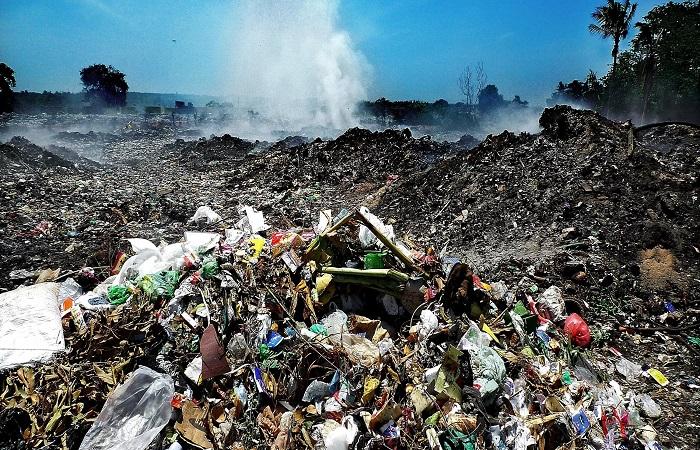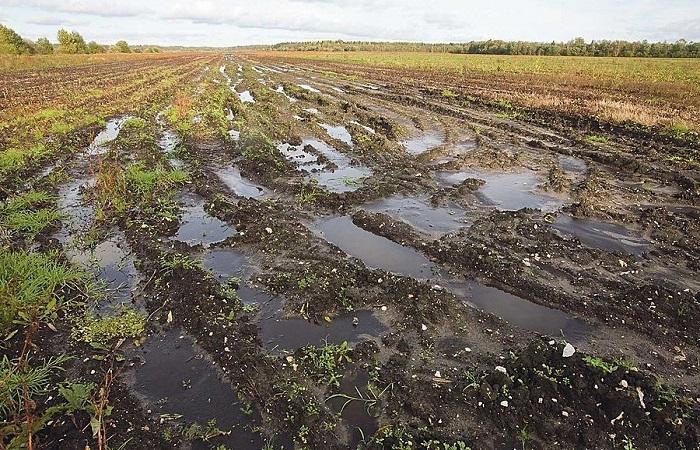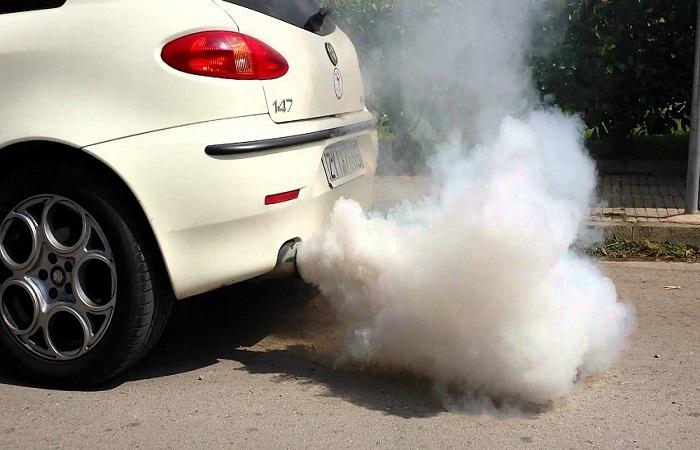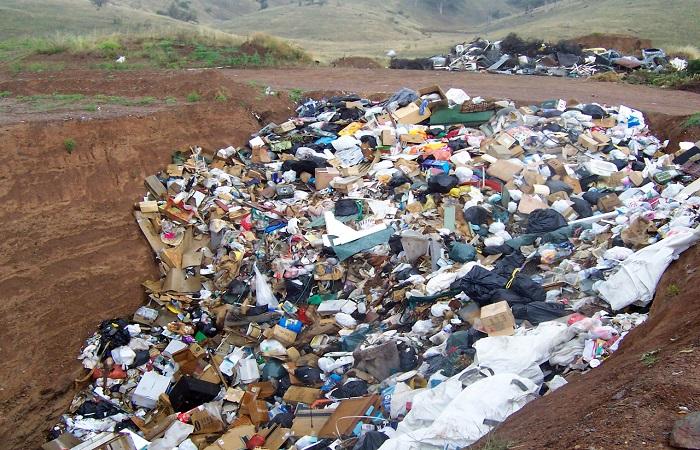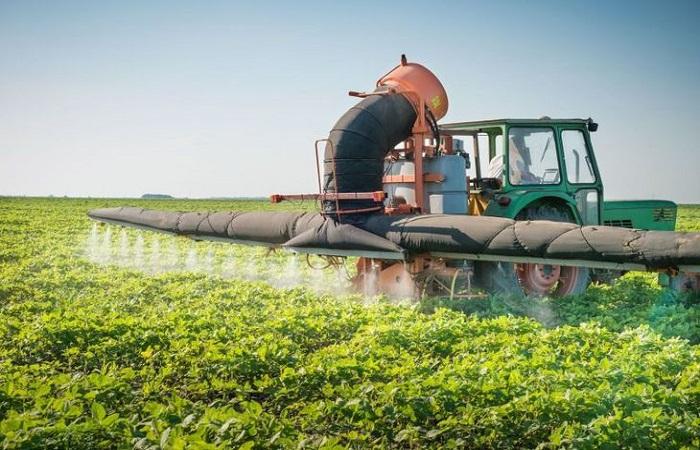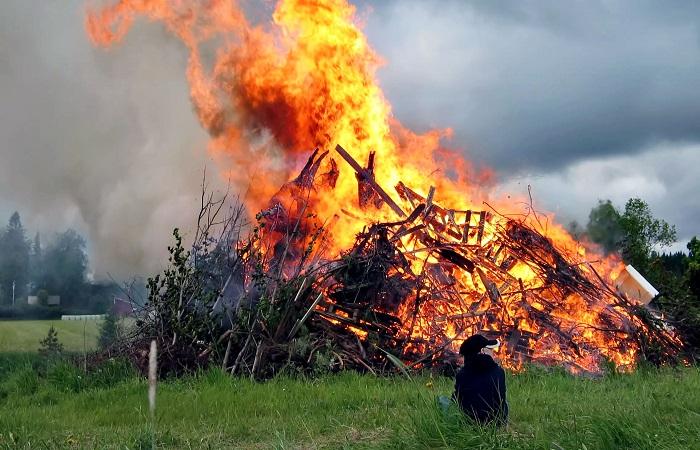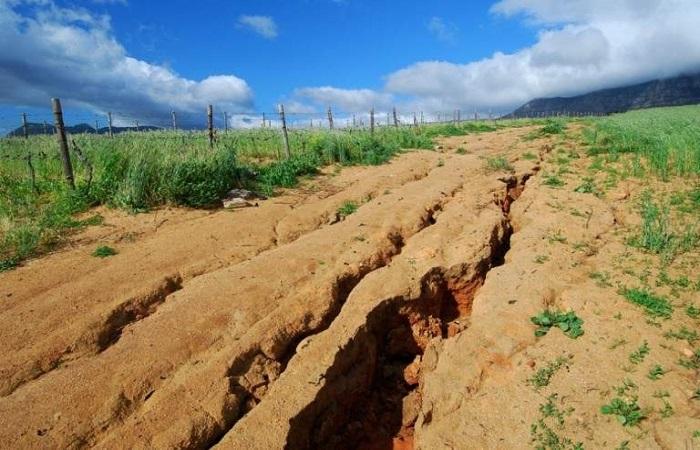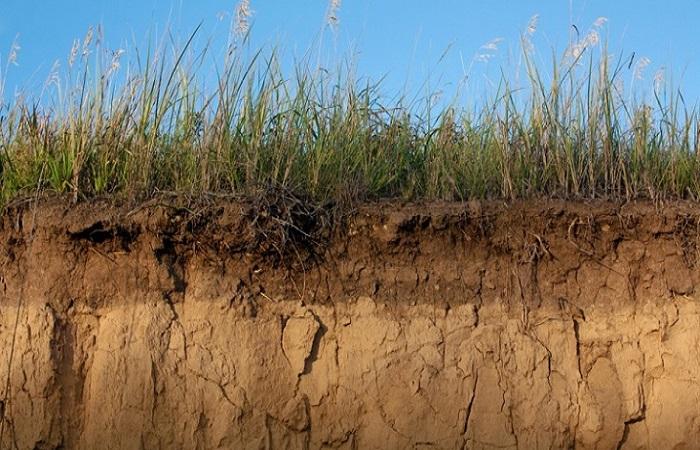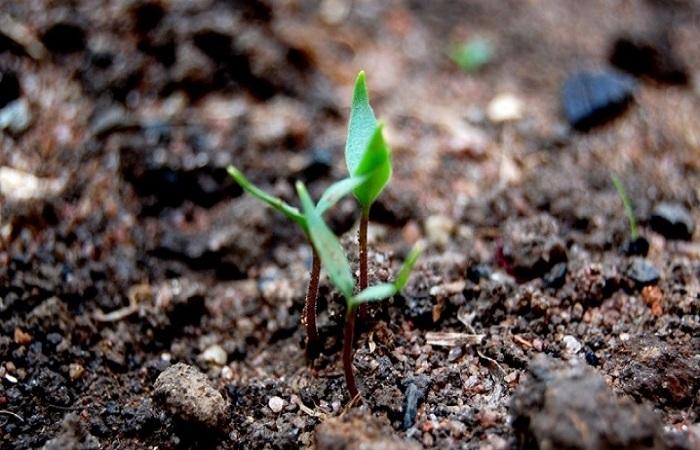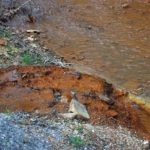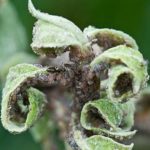Improper and irresponsible use of natural resources leads to water, air and soil pollution. Toxic elements gradually accumulate in the soil, making it unsuitable for agriculture. Sources of soil pollution are chemical plants, pesticides used uncontrollably in fields, household waste and exhaust gases. The consequences of such pollution are soil erosion and chronic diseases.
- Main sources of soil pollution
- Industrial waste and emissions
- Thermal power enterprises
- Vehicle exhaust gases
- Household waste
- Fertilizers and pesticides used in agriculture
- Wastewater used to irrigate fields
- Oil leak
- Acid rain
- Natural sources
- Other reasons
- Consequences of pollution
- Congenital and chronic diseases
- Impact on plants
- Soil erosion
- Toxic fumes and gases
- Change in soil structure
- Ways to solve the problem
- Modern methods of waste processing and disposal
- Soil cleansing
- Land reclamation
- Measures taken in agriculture
- Use of alternative energy sources
Main sources of soil pollution
Technological progress makes people's lives more comfortable, but at the same time has a negative impact on the environment. As a result of the work of factories, not only the air, but also the soil is polluted. However, not only emissions from industrial enterprises are sources of soil pollution. Improper farming with the use of large amounts of pesticides, the growing number of vehicles, and the disposal of household waste with violations of technology also contribute to this.
Industrial waste and emissions
It is difficult to imagine the life of a modern person without industrial enterprises. However, in addition to the undoubted benefits, they also cause harm, first of all, to the environment. Industrial enterprises are considered the main sources of air, water and soil pollution. This is due to the fact that during the operation of any plant or factory, a large amount of waste is generated that is toxic to the soil.
Anthropogenic pollution of the earth depends on what exactly the production is doing:
- metallurgical plants - their activities are invariably accompanied by the release of heavy metal salts, which settle in the ground, accumulating in it to a concentration dangerous to humans;
- machine-building enterprises - during operation, waste is generated in the form of arsenic and beryllium compounds, as well as cyanides;
- factories producing plastic products are hazardous due to waste containing benzene and phenol;
- synthetic rubber production pollutes the environment with hazardous substances such as catalyst waste, which settle both on the soil and on the crops growing in it.
Thermal power enterprises
Enterprises of the fuel and energy complex, the operating principle of which is based on combustion processes, are considered the main sources of environmental pollution, including soil. Due to the chemical interaction of the components used in thermal power plants, new ingredients are synthesized, even more dangerous to humans. They end up in the ground where fruit crops are subsequently grown.
Vehicle exhaust gases
The number of vehicles is growing every year, especially in large cities. Exhaust gases pollute not only the atmosphere, but also the soil, entering them along with precipitation. Particularly dangerous are nitrogen oxides, hydrocarbons and lead.Penetrating into the top layer of soil, these chemical elements enter into a cycle that is associated with food chains, and as a result, penetrate the human body.
In addition, the growing number of vehicles leads to a reduction in the area of agricultural land, on the site of which highways and roads are built. Due to the impact of exhaust gases, the process of soil erosion is accelerated, and it will take about a hundred years to restore a 1 cm fertile layer suitable for growing crops.
Household waste
Household waste causes great harm to the environment if it is not disposed of correctly. In some cases, public utility enterprises exceed both vehicles and industrial enterprises in their negative impact on the soil. Every year, densely populated cities produce thousands of tons of household waste, which ends up in landfills rather than recycling plants.
Such landfills with tons of garbage poison not only the soil, but also the air and water. An even greater danger is the burning of solid household waste; in this case, toxic components with ash particles are distributed for many kilometers around. Currently, there are very few recycling plants that can solve this problem, and they cannot cope with large volumes of waste.
Waste of polyethylene, plastic, and household appliances poses a great danger to the environment. As they decompose, they penetrate the soil to great depths and not only contaminate the soil with harmful substances, but also destroy the fertile layer, which is necessary for growing plants.
Fertilizers and pesticides used in agriculture
Chemical mineral fertilizers, herbicides and pesticides, on the one hand, help to grow high yields of agricultural plants. However, on the other hand, if the dosage of such agents is exceeded, they begin to accumulate in the soil, and instead of being beneficial, they cause harm. Since 1980, the UN has ranked agriculture as one of the four worst polluters of land and groundwater.
Two categories of chemicals pose a danger to the soil: mineral fertilizers and pesticides:
- Mineral fertilizing is necessary to replenish the nutritional components that are annually washed out of the soil. When applied in small quantities, they help increase productivity, increase fruit size and extend the shelf life of vegetables and fruits. However, uncontrolled use of chemical fertilizers and exceeding recommended dosages leads to soil contamination. Moreover, nitrates from the soil enter the fruits, and from there into the human body.
- Pesticides help destroy weeds, pathogens and insect pests. They contain strong chemicals that, in recommended dosages, do not harm crop plants and soil. However, when chemical application rates are systematically exceeded, they accumulate in the soil and have a negative impact on its fertility.
Wastewater used to irrigate fields
If a farmer uses wastewater to irrigate fields, this leads to the accumulation of toxic components contained in such liquid in the soil. They contain waste from industrial enterprises, including heavy metals.
Oil leak
Contamination with oil refinery products occurs not only at the sites of its production, but also along the transportation route, as well as during leakage. As a result of the anthropogenic impact of petroleum products, the soil is saturated with toxic elements that penetrate into cultivated plants, and from there into the human body. Contamination resulting from accidents at pipelines and industrial processing plants is considered one of the most common.
Acid rain
An example of pollution is acid precipitation - rain, fog and snow. The leaching of nutrients from the soil and the release of toxic elements leads to the destruction of the fertile soil layer. Heavy metals accumulate in plants, causing their damage, and from there they enter the human body and provoke the development of diseases.
Natural sources
One of the natural sources of soil pollution is the human use of antibiotics. After their consumption, pathogenic bacteria are removed from the body and spread in the environment, including getting into the ground. As a result of this migration, new forms of pathogens appear that are resistant to the effects of drugs.
Other reasons
The reasons for the accumulation of toxic elements in the soil are also the burning of plastic in fields and forests, the disposal of solutions of herbicides and insecticides, and non-compliance with crop rotation.
Consequences of pollution
Soil pollution leads to irreversible consequences for the environment, and if the problem is not addressed in a timely manner, the amount of land suitable for agriculture will be significantly reduced.
Congenital and chronic diseases
Soil pollution with exogenous substances leads to the development of dangerous diseases in humans.This can be either banal diarrhea or oncological pathologies, it all depends on what kind of toxins affected the body. Long-term influence of hazardous substances on the body of a pregnant woman causes defects in the development of the child and congenital diseases.
Impact on plants
Chemical substances, accumulating in plants, damage their tissues and have a negative effect on the formation of fruits, reducing productivity. Since the fertile layer of soil is destroyed under the influence of toxins, the growth and development of crops slows down, and their appearance is deformed.
Soil erosion
Soil erosion of technogenic origin is especially dangerous, since the consequences of such influence will have to be eliminated for many years. As a result, the quality characteristics of the soil are reduced, which affects the yield and quality of agricultural products.
Toxic fumes and gases
Toxic elements accumulating in the soil, under the influence of wind and sun, turn into vapors that spread with the air over long distances and enter the human respiratory tract.
Change in soil structure
Chemicals also have a negative impact on the structure of agricultural soil. The fact is that toxins destroy beneficial microorganisms that process the soil and make it more fertile.
Ways to solve the problem
There are several methods to prevent soil contamination, each with its own degree of effectiveness, pros and cons, so to achieve results it is recommended to use an integrated approach.
Modern methods of waste processing and disposal
Modern technologies make it possible to process waste into safe components; granulators, magnetic separators, crushers, dryers and autoclaves are used for this. Since such equipment is expensive, unscrupulous companies prefer to burn waste rather than recycle it.
Soil cleansing
Methods for cleaning soil from toxic substances are divided into three categories: chemical, physical and thermal. In the first case, the process of leaching the soil is carried out, as well as the binding of pollutants into complex compounds through the use of certain chemicals. With the physical method, the top layer of soil is removed and sent for disposal, and fertile soil is poured in its place. The thermal method involves the use of pyrolysis and heating of the soil.
Land reclamation
Land reclamation is carried out in two stages. The technical stage includes the preparation of soil for subsequent agricultural use, and the biological stage is aimed at restoring the fertility of the land.
Measures taken in agriculture
To partially get rid of pollution, farmers sow fields with green manure plants. They can cleanse the soil of chemicals and toxins, but only for minor contamination.
Use of alternative energy sources
To reduce the harmful effects of waste from thermal power plants on the ground, alternative energy sources are used, including wind, water and solar rays.

